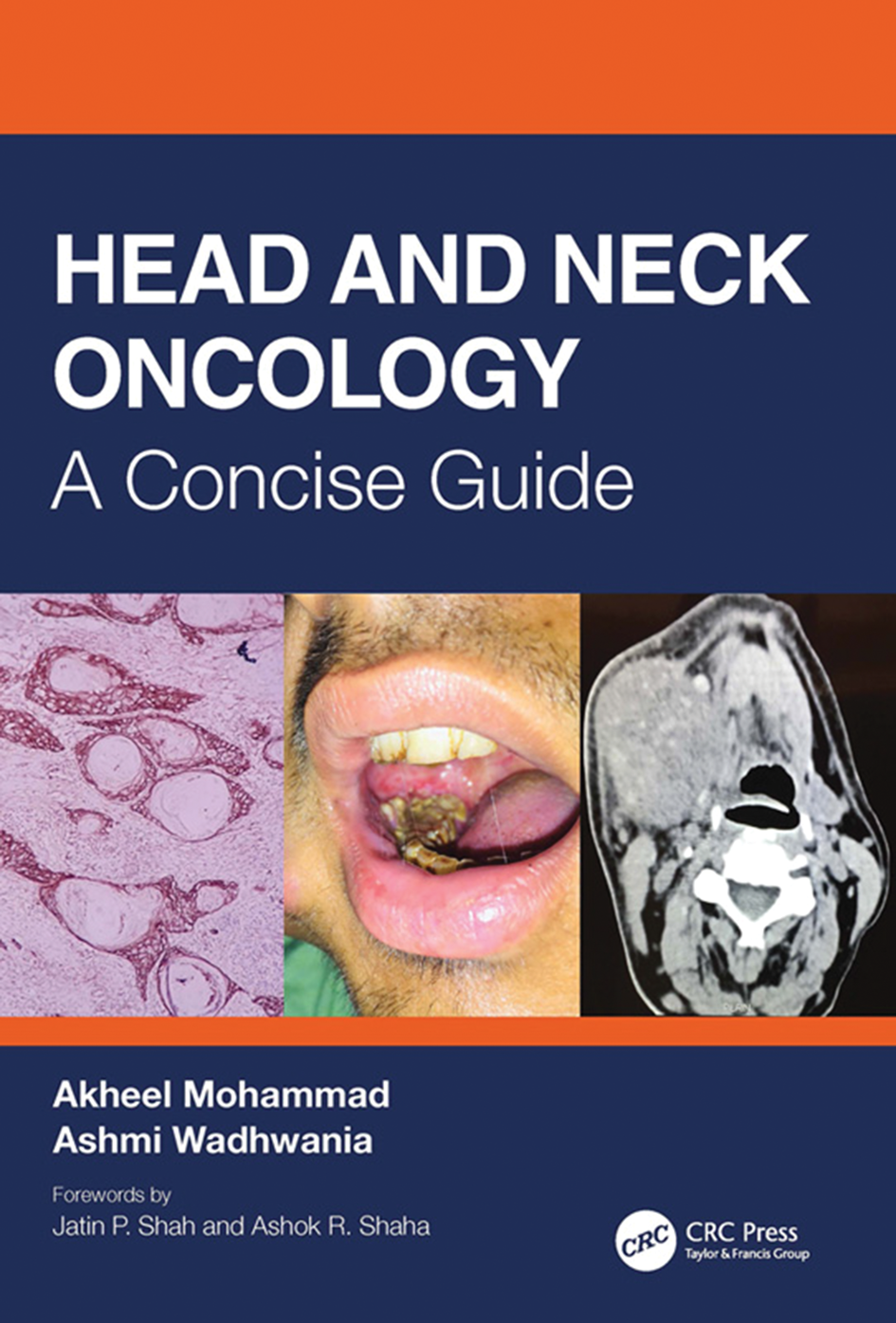I did find it hard to review this book, based solely on my reading off a desktop monitor, but, at a time when new texts are few and far between, this beggar will not be too choosy. Although only an e-book is available to reviewers, it seems there is at least a soft back version out there and, from this publisher, I am sure it is well presented.
This ‘Concise Guide’ does not follow the usual practice of an international multi-authorship, supervised by a couple of eminent editors. Instead, it is all the work of just two authors (even though the title page still calls them ‘editors’). That has obvious advantages for consistency of style throughout and adherence to deadlines, but, equally, it does place demands on the authors to cover such a wide field comprehensively.
The Preface suggests this book is aimed at the vast Indian market and is best seen as an introduction to the subject for trainees. It explains that all management recommendations are based on the guidelines of the National Comprehensive Cancer Network, which certainly does prove to be the case. Most chapters draw heavily on the guidance, quoted word for word, but also on the internationally recognised Union for International Cancer Control tumour–node–metastasis (TNM) classification of tumour staging, and for many chapters these two resources are the sole content. Notably, the work of John Watkinson in Stell and Maran's Textbook of Head and Neck Surgery (CRC Press, 2011) is very widely referenced in many chapters. This must raise doubts about the novelty of the book's content. Having these two online resources printed out, ready to hand (and frankly far more readable here than on the National Comprehensive Cancer Network site, which is murder to navigate and read), may well be of advantage to trainees, although again such content is freely available, if you can read off a monitor of course.
Randomly scanning through the content, I was struck by some errors and omissions. In the chapter on laryngeal cancer, I was surprised to see Fig. 13.1 telling me that a T3 tumour meant a ‘paralysed’ vocal fold, very different to a fixed vocal fold of course. I confess an obvious personal interest in the ‘Occult Primary’ chapter, but read with persisting incomprehension ‘The exact incidence of epidemiology is unknown, but the occult primary of the head and neck has an incidence of 3–7% presenting with squamous cell carcinoma of the neck’. Fine needle aspiration cytology is recommended, but most would now consider conducting an ultrasound guided needle biopsy, especially as it checks human papilloma virus (HPV) status, with obvious clues as to the site of the primary tumour. Curiously, HPV receives but a single mention throughout the book, in a chapter on oncogenes, and then purely in a list of the culprits. In the ‘Oropharyngeal Cancer’ chapter, the brief coverage is limited to the National Comprehensive Cancer Network guidelines for p16 negative tumours, without reproducing their guidance on p16 positive tumours!
I turned to a chapter on imaging, and saw that ultrasound is dismissed in one and a half lines. Much of the illustration is based on photography of transparent films (those were the days) on the illuminated viewing screens that now gather dust on our hospital walls in the UK. The problem here is reflection of the room lighting, and, in one remarkable image, we clearly see the photographer reflected, holding a tablet device.
Proofreading missed some errors in the text; for example, ‘and depends considerably depends on…’. In a chapter on radiotherapy, I was amused to read a bullet point ‘Mold and Mold room. Patient mold is prepared in a mold room’ as the sole content.
There is praiseworthy content too; for example, the chapters on carotid blowout, sentinel node biopsy and the orbit. These are imaginative topics and well covered. The colour diagrams of anatomy are quite superb throughout, but the artist responsible is not clarified in the acknowledgements. I have a suspicion I might have favoured a hard copy more than the electronic version, and better appreciated its value.
This is, indeed, a concise introductory text, suitable for trainees in head and neck oncology. There is value in having easy access, in a hard copy that one can read without eye strain, to the TNM classification system and the National Comprehensive Cancer Network guidance on management for many primary sites. Despite the claims in the two forewords, what seems lacking here is ‘added value’, the personal experience, the tips, the pearls of wisdom, the review controversies that come with decades of experience. A second edition will surely add that.



